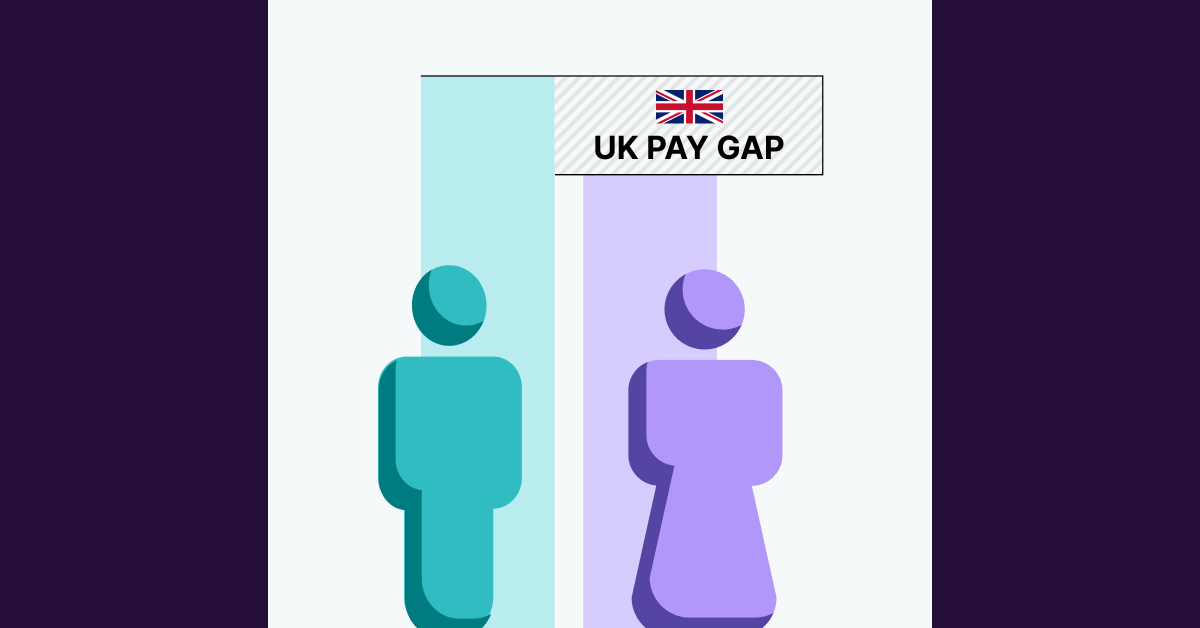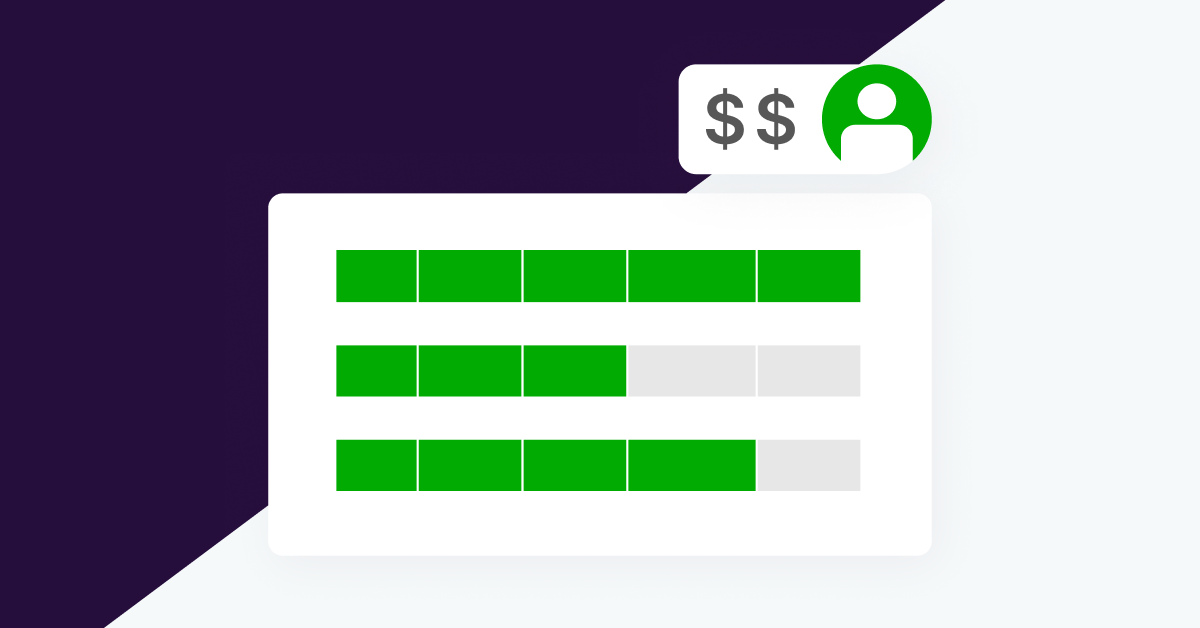Ireland’s pay gap reporting deadline is just around the corner. Here’s what you need to know to meet the December deadline.
Note: This blog was updated as of November 21, 2024. Pay reporting requirements are subject to change. Please contact the Syndio team with any questions or to confirm current requirements.
Gender pay gap reporting requirements in Ireland
Ireland’s Gender Pay Gap Information Act 2021 and regulations mandate that private and public sector employers report their gender pay gap annually, in December. In 2024, organisations with over 150 employees must report. Starting in June 2025, organisations with 50 or more employees must comply and the reporting deadline will shift to November.
When is the Ireland pay gap report due?
In 2024, the annual pay gap report in Ireland is due in December. Employers can choose any day in June as their “snapshot date” for collecting pay data. The report is due six months after this chosen snapshot date. For example, if an employer selects 15 June as their snapshot date, their report would be due on 15 December 2024.
In 2025, the due date will shift to November, though the snapshot will remain in June. So if an employer keeps the 15 June snapshot date, the report will be due 15 November 2025.
Who needs to report on pay gaps in Ireland?
Ireland rolled out the Gender Pay Gap Information Act 2021 in a phased approach:
- As of June 1, 2024: Employers with 150 or more employees are required to publish gender pay gap reports.
- Starting June 1, 2025: employers with 50 or more employees will be required to publish their gender pay gap report.
Employers with fewer than 50 employees are exempt from these reporting requirements.
What pay gap metrics do I need to report in Ireland?
Here’s a breakdown of the key pay gap metrics that employers with employees in Ireland need to report.
Employers must calculate and publicly publish the gender pay gap information for “relevant” persons — which are employees as defined in the Employment Equity Act employed on the chosen snapshot date. Calculations are based on those employees’ remuneration for the 12-month period that precedes the snapshot date.
Employers must calculate the total ordinary pay, total bonus, benefits in kind received, and total working hours of each employee and use this information to calculate the hourly remuneration and the pay gaps between men and women. Employers must also identify which workers are full-time, part-time, and on temporary contracts.
Then employers must prepare a pay gap report. The report will include:
- The percentage difference in mean and median hourly remuneration of male and female relevant employees, part-time employees, and those on temporary contracts;
- The percentage difference between the mean and median bonus remunerations of relevant male and female employees;
- The percentage difference between relevant male and female employees who were paid bonus remuneration;
- The percentage difference between relevant male and female employees who received benefits in kind; and
- The percentages of all relevant employees within four hourly remuneration quartile pay bands.
In addition to including the key report metrics, the law in Ireland also requires that employers prepare a supplemental narrative explaining the reasons for differences in the pay and any measures being taken or proposed to eliminate or reduce pay gaps.
The report is not required to follow a specific format but it will be public. The report must be published either on the company’s website or in another way that is accessible to all its employees and to the public. It must be available for a period of at least three years beginning with the date of publication. The Irish government has indicated it intends to develop a centralized reporting portal but this has yet to materialize.
How Syndio can simplify Ireland pay gap reporting
Syndio’s Global Pay Reports help you centralize and automate reporting for 29 countries, including Ireland. Whether you need to report for one country, or many around the globe, Syndio’s software makes reporting easy, fast, and accurate so you can report with confidence — even as requirements change.
And our services team can answer all your detailed questions about every input and requirement. We’re experts so you don’t have to be.
How Syndio helps companies with employees in Ireland comply with the EU Pay Transparency Directive
Syndio also has you covered as compliance demands in Ireland grow with the EU Pay Transparency Directive.
Ireland’s current reporting obligations will be modified when Ireland transposes the EU Pay Transparency Directive into law. By June 2027, global pay reporting for Ireland will fall under the Directive. The Directive will require:
- Pay gap reporting
- Pay gap reporting by “category of worker”
- Explanation of category of worker pay gaps exceeding 5%
- Pay adjustments for those gaps that cannot be explained
Syndio’s technology provides you everything you need to comply. Keep an eye on Syndio’s EU Pay Transparency Directive Transposition Tracker for ongoing updates.
Syndio simplifies compliance
FAQ: What are the most asked questions about Ireland’s gender pay gap reporting?
Syndio helps customers all over the world with their global pay reporting needs. Here are some common questions we get about the reporting requirements under Ireland’s Gender Pay Gap Information Act 2021.
The law defines an “employer” as the entity that an employee has a contract with. This is the same definition used in the Employment Equality Act of 1998. Some nuances to consider:
- Employees Abroad: Generally, employees working abroad are included in the calculations if they're still getting paid by the reporting organisation. But this is nuanced and many differ from one employer to the next, so refer to the law interpreting the Employment Equality Act of 1988.
- Legal Entity or Consolidated: Generally speaking, employers file the reports by legal entity. However, if companies are part of a larger group, they need to decide whether to report pay gap information individually or as a group based on advice from their lawyers.
The law in Ireland only calculates gaps between employees who self-identify as male or female. The law does not require calculating race or ethnicity gaps, nor gaps between employees who identify as non-binary or third gender.
In instances where an employee does not self-identify as either gender, an employer may omit the individual from the gender pay gap calculations.
The regulations do not define the terms ‘male gender and ‘female gender’ and the requirement to report your gender pay gap should not result in employees being singled out and questioned about their gender.
Employers will choose a ‘snapshot’ date in June 2024 and will base their reporting on the employees they have on that date.
A reduction in employees after the snapshot date will have no impact on the report. So for example, let’s imagine there is an employer who chose 30 June for the ‘snapshot’ date. As of 30 June, that employer had 152 employees in Ireland. Then in September, there was a significant reorganization and layoff, and headcount was reduced to 47 employees. In this instance, the employer would still have to prepare the report, as the employer met the threshold as of the chosen snapshot date in June.
Also, even if an employee leaves the organisation after the snapshot date, they would still be included in the report. The report should be based on calculations on those employees’ remuneration for the 12-month period that precedes the snapshot date, even if the employee terminates before the report is due.
Employers need to calculate the total ordinary pay and total bonus, identify benefits in kind received and determine the total number of working hours for the reporting period for each person employed on the snapshot date. Based on this information, the employees’ hourly remuneration can be calculated.
There is nuance to determine what pay to include. For example, you will want to include things that may be overlooked, like payments for additional duties or related to location. That said, not all pay components are included in the calculation of ordinary pay. Redundancy payments and reimbursement for expenses, such as travel and subsistence should also be excluded. For Syndio’s Global Pay Reports customers, we provide a very detailed list of data you will need to prepare your Ireland report so there is no guessing!
“Working hours” refers to the hours when a relevant employee is available, or required to be available, at or near his or her place of employment for the purposes of working. This does not include the hours when the relevant employee is asleep, notwithstanding that the relevant employee, by arrangement, sleeps at or near his or her place of employment and the relevant employer provides suitable sleeping facilities for that employee.
The law in Ireland analyzes pay gaps, not pay equity. What’s the difference?
An unadjusted pay gap (sometimes also called an “uncontrolled pay gap”) measures the overall difference in mean or median differences in pay.
- Median Pay Gap: Imagine lining up all the salaries in two groups (e.g., men and women) from lowest to highest. The median pay gap compares the middle salary in each line. It's a good indicator of typical pay differences.
- Mean Pay Gap: This is like taking the average salary of each group. However, it can be skewed by extremely high or low earners.
Both the median and mean pay gaps provide valuable insights, but they don't tell the whole story. There may be legitimate reasons for pay differences between two employees. Let’s take an example of two directors. They may be paid differently due to varying levels of experience, education, or specialized skills. The adjusted pay gap (sometimes referred to as pay equity) accounts for these factors, revealing whether a pay disparity truly exists beyond these legitimate reasons so you can pinpoint and address any unfair disparities.
The information provided herein does not, and is not intended to, constitute legal advice. All information, content, and materials are provided for general informational purposes only. The links to third-party or government websites are offered for the convenience of the reader; Syndio is not responsible for the contents on linked pages.


